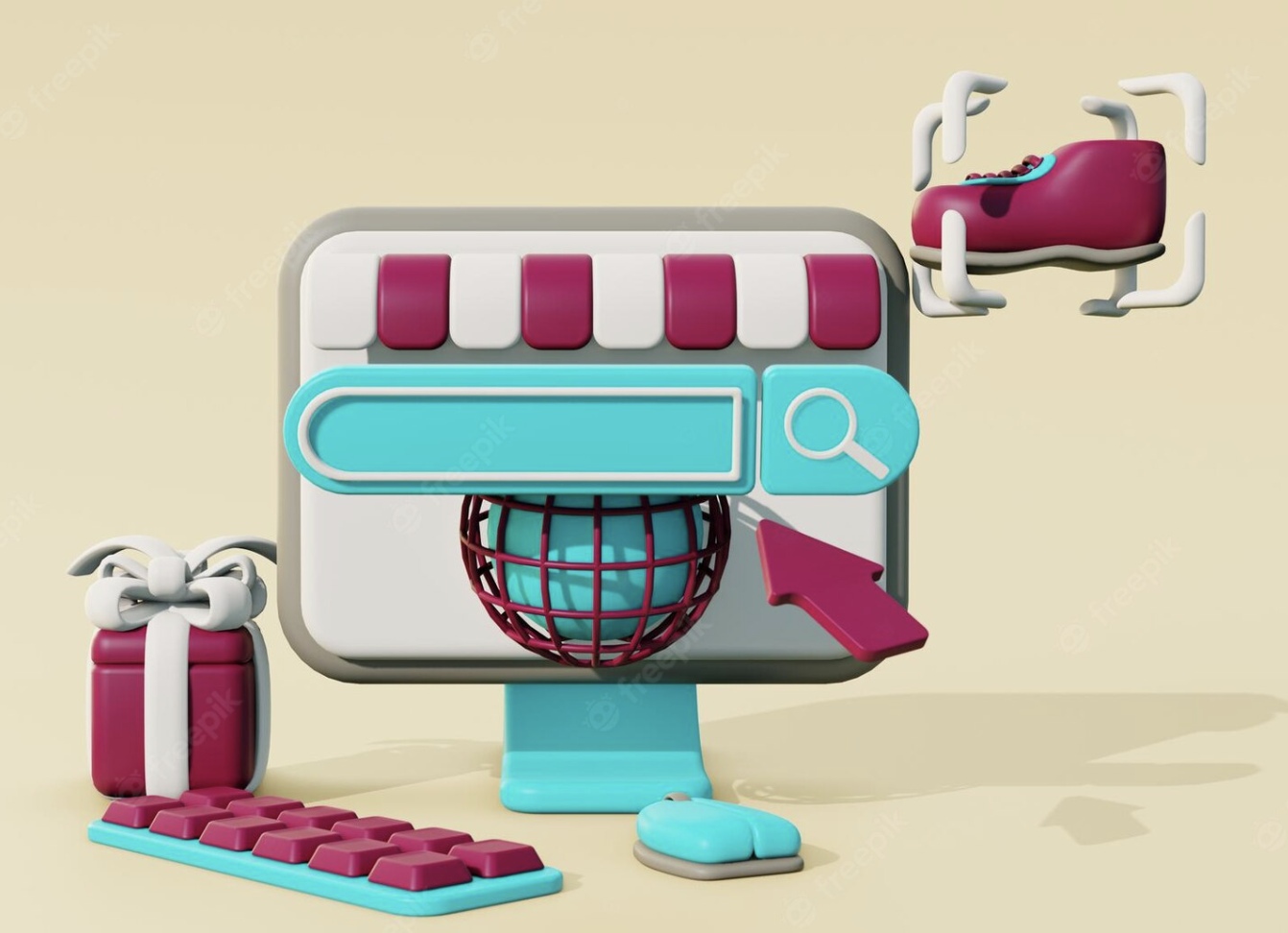Meta: Upgrading the product discovery journey needs a set of approaches that improve multiple touchpoints shoppers interact with, and eCommerce personalization must be one of them.
You may have heard a lot of tips and tricks about reducing cart abandonment to drive more sales, right?
How many of them tell you that before winning a deal, you must ensure that prospects can find your products easily and enjoy that exploring experience? That’s when product discovery comes in.
Contents
Why Does Product Discovery Matter in eCommerce?
Product discovery, in short, refers to the way your customers surf and explore items and content pieces on your online store using various devices or channels. The goal is to display items that match each shopper’s needs while fulfilling your business requirements.
So now, back to our question: Why should e-retailers focus on product discovery?

According to a recent study, a large number of online stores do not meet customers’ search intent when they look for items. The irrelevant and non-intuitive scenario will cause losses in conversion. (Source: UNBXD)
So there is no doubt about it – providing consumers with an exhilarating experience helps your business grow and bloom by turning them into brand advocates. This is because:
- A smooth and satisfying path from exploration to purchase boosts your revenue with customer lifetime value (CLTV) and average order value (AOV).
- A tailored product discovery enhances brand loyalty and affinity by making your shoppers feel heard and valued.
- You can forecast trends and control inventories. Ultimately, you’ll be able to make wiser and profit-driven business decisions by thoroughly analyzing what your consumers are looking for.
How To Get Started with Product Discovery?
Implementing and optimizing product discovery is a broad and complex topic. Several stakeholders play a crucial role, including your tools, technology, data analytics, business objectives, and so on.
And that’s when eCommerce personalization comes in.
What Does eCommerce Personalization Mean?
Personalization in eCommerce is the practice of using commerce data to learn about, assist, and wow your online shoppers with experiences that are so relevant and contextual that they seem magical to them. It contains tailored messaging, information, site layouts, items, and much more while covering both anonymous and recognized customers. Cross-channel, on-site, and in-app customization in eCommerce are all included.

Real-time, first-party data powers it. Therefore, customers are engaged and guided through measurable journeys like brand recognition, product discovery, and repeat purchases. And did you know that relevant suggestions with engaging and fun shopping experiences could help businesses like yours grow by 270% in 4 years?

The benefits that personalization brings to e-merchants are undoubtedly huge. Thus, they should use it as a strategic weapon to compete with giant retailers. (Source: Monetate, Epsilon, McKinsey)
Top 3 eCommerce Personalization Tactics with Examples
Personalization is no longer a game between big brands. Even small and medium-sized businesses (SMBs) with a low budget implement it efficiently to better product discovery and gain more profits. Let’s see how!
Tactic #1: Understand Your Target Customers
Data and shoppers’ insights are the backbone of personalization strategies. You may piece together hints from how they arrived at your site to discover why they came to you, whether a new visitor or a returning one. If you quickly identify their intent, you can use those details to shorten the shopping journey while enhancing their shopping experience.

Google Analytics 4 is a free and powerful tool providing in-depth details about your prospects.
How deeply you understand your potential customers will be the foundation of a high-converting plan. To analyze their traits and shopping behaviors, you will need to at least answer some questions like
- Who are they? (age, gender, location, educational background, and so on)
- Which channels did they use to interact with your brand? Did they come from online ads on social media? Or did they find you on search engines like Google?
- Which categories/brands/items do they find interesting?
You might divide them into different segments for better targeting based on the information you gather. For instance, if you own a clothing store, you can have
- A segment for brand-new customers seeking winter items.
- A segment for potential social media users who left their cart without purchase.
- A segment for returning visitors.
Tactic #2: Personalize Search Results and Collection Pages
Search is the key real estate of any eCommerce store. It is, however, a double-edged sword. It can help you convert more buying customers, but it will hurt your business badly if done wrong. If you skip the search function part, you will miss a golden opportunity to improve product discovery and boost conversions.
To meet in-store shoppers’ intent, your search engine must understand the meaning of search queries instead of focusing on each keyword. Likewise, it will return hyper-relevant results and tailor merchandising-driven experiences.

Truly understanding shoppers’ intent will give e-merchants a competitive advantage in winning more purchasers, thanks to suggesting the right products.
(Source: Protein Package)
Spelling mistakes, broad search terms, and differences in how you and your customers describe products lead to difficulties in optimizing the search experience. Using popular terms and their synonyms to name your products is highly recommended.
Take Protein Package as an example here. When visitors key in ‘lose weight’, the top results are Grenade Thermo Detonator Capsules, Oatein Succeed Diet Whey Protein Powder, and Proper Snacks Low-Calorie Chips Salt & Vinegar. Obviously, all of them are weight management and fat-burning supplements that support users in losing weight. This means the search algorithm understands ‘lose weight’ relates to ‘low calorie,’ ‘diet,’ and ‘thermo detonator.’
Recommended tool: Product Filter & Search by Boost Commerce
Tactic #3: Personalize Your Email Campaigns
Customers can interact with your products or services on different channels, not only your online store. So can personalization! You can impress prospects with tailored content via social media posts, online ads, and email marketing.

To deliver your consumers more pertinent and customized offers, segmentation based on demographics and interests is the first type to put into practice. For instance, summer has arrived, and it is time to advertise a special deal for orders worth $60+. Farmacy Beauty fans received an email outlining a comprehensive skincare regimen with their top recommendations. And guess what? One of those recommended products was on the customers’ wishlist, but they had not bought it yet.
Recommended Tool: Automizely Emails & Pop Up
Ready to Get Started?
In the eCommerce industry, product discovery is everything, and personalization is now a must. Keep in mind that this should engage and inspire your customers to stay longer and loyal to your brand. Start defining your goals, creating customer segments, and tracking and monitoring the results of your plan on your online store first. Once you see positive achievements and win more happy customers, it is time to scale across channels.




